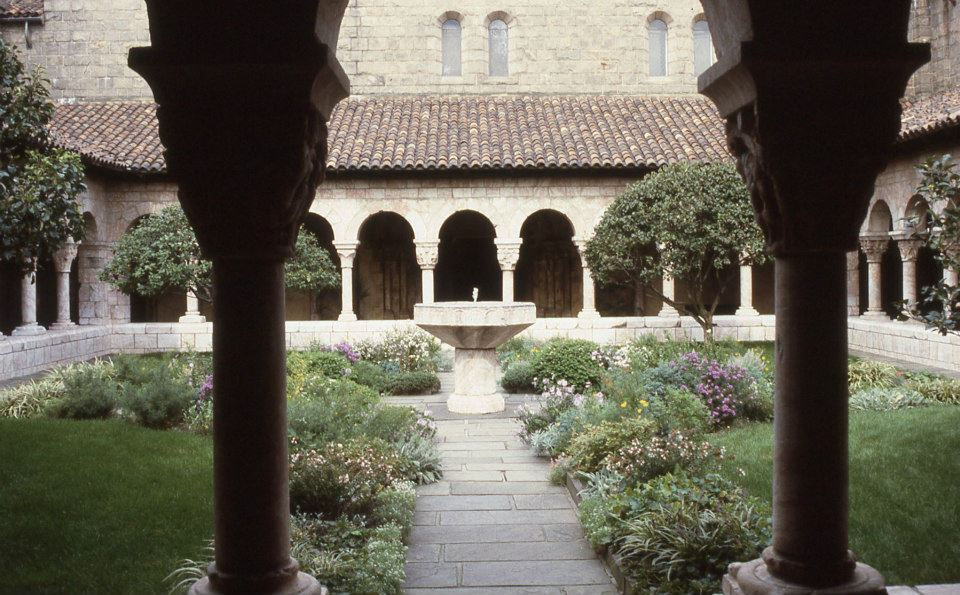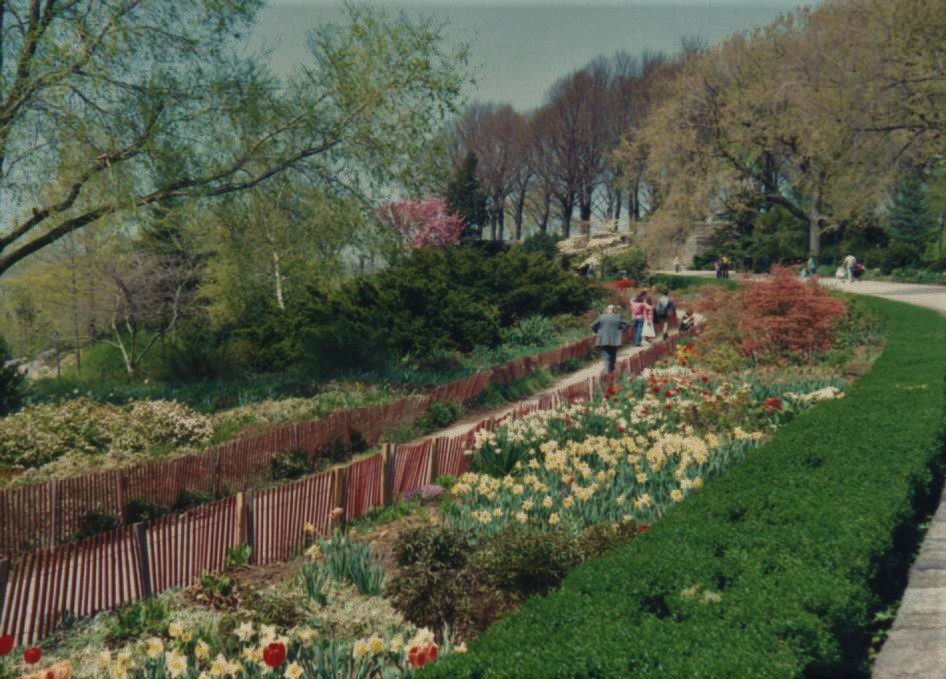the Cloisters
- Matthew P G

- Jan 27, 2022
- 2 min read
Updated: Mar 17, 2023

Cloisters Museum. July 1989
Medieval Escapes
In the Washington Heights years, we lived near Fort Tryon Park [see: Fort Tryon]. The crown jewel of the park is the Cloisters Museum of Medieval Art. I so fell in love with it, that I bought a season pass to the Met for a couple of years so I could visit it whenever I wanted. For me it was an antidote for the hustle and bustle of Manhattan: the long (sometimes scary) A-train ride to work, the busy-ness of working and doing graduate study at the same time, and just living on that island of far too many people in such a small space. The Cloisters, for all its fabulousness, remained mostly unvisited and empty when the rest of the island was teeming with folks. In addition, it was like brief excursion to Europe for me, where I longed to return for a visit.
The Cloisters actually was started with the private collection of George G. Barnard, a student of Rodin himself:
George Gray Barnard was an American sculptor who trained in Paris. He is especially noted for his heroic sized Struggle of the Two Natures in Man at the Metropolitan Museum of Art, his twin sculpture groups at the Pennsylvania State Capitol, and his Lincoln statue in Cincinnati, Ohio. His major works are largely symbolical in character.[1] His personal collection of medieval architectural fragments became a core part of The Cloisters in New York City.
(Wikipedia)
While working in France he had amassed quite the eclectic collection of medieval artifacts and upon returning to the USA just before World War I, he assembled them in a museum of sorts in northern Manhattan. This collection was then sold to John D. Rockefeller (also a keen art collector). Rockefeller constructed the Cloisters specifically to showcase Barnard's collection as well as his own pieces. The result is beautiful, but not exactly historically accurate. The idea of the place is to give the correct atmosphere and context to the art and architectural fragments not to recreate. In many cases the lovely courtyards have only a little original material (such as column capitals), but their recreations put those bits and pieces in very believable settings. The result is one of the best museums in the United States.
(https://www.metmuseum.org/press/news/2006/the-cloisters-a-history)
The Cloisters truly was sanctuary-esque for me. Those restful courtyards with their herb gardens and fountains, the silence far from the city, and the relatively people-free atmosphere made it a near heaven. The views from the Cloisters over the Hudson River as well were breathtaking (the Palisades being purchased by JD Rockefeller expressly to preserve the view -- forward thinking plus lots of cash equals great results!). I am not sure if 40 years later the museum retains its forlorn air of lack of visitors or if it has finally been discovered. For me, however, it was something of a lifesaver in one of the most intense periods of my life.

Comments